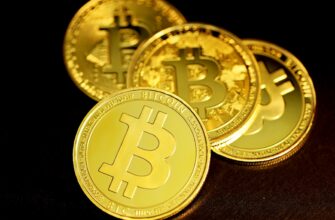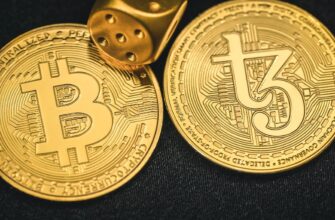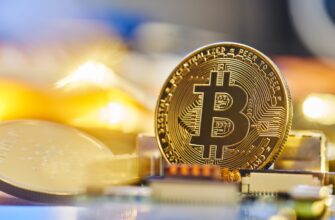Introduction: Why P2P USDT Rates Matter
In the fast-evolving world of cryptocurrency, the P2P USDT rate has become a critical metric for traders and investors. Peer-to-peer (P2P) trading of Tether (USDT) allows direct transactions between buyers and sellers, bypassing traditional exchanges. Unlike centralized platforms, P2P rates fluctuate based on local demand, payment methods, and market dynamics. Understanding how to secure the best P2P USDT rate can save you money, enhance liquidity access, and unlock global opportunities—especially in regions with banking restrictions. This guide breaks down everything you need to know.
What is P2P Trading?
P2P trading connects buyers and sellers directly through online platforms, eliminating intermediaries like centralized exchanges. Users post buy/sell ads specifying rates, payment methods, and transaction limits. When deals are matched, escrow services hold the USDT until payment confirmation. Benefits include:
- Flexibility: Negotiate rates and choose payment options (bank transfer, e-wallets, cash)
- Accessibility: Operate in regions with limited crypto exchange access
- Lower Fees: Avoid hefty exchange withdrawal/deposit charges
- Privacy: Minimal KYC requirements compared to centralized platforms
USDT’s Role in P2P Markets
As the world’s largest stablecoin, Tether (USDT) maintains a 1:1 peg to the US dollar, making it ideal for P2P trading. Its stability reduces volatility risks during transactions. Key advantages include:
- Liquidity: High trading volume ensures quick settlements
- Cross-Border Efficiency Enable remittances and international trades without forex complexities
- Hedging Tool: Traders use USDT to preserve value during crypto market downturns
Key Factors Influencing P2P USDT Rates
P2P USDT rates rarely match centralized exchange prices. Here’s why:
- Supply & Demand Imbalances: Local scarcity or surplus of USDT buyers/sellers causes rate deviations.
- Payment Method Risks: Bank transfers may offer better rates than risky options like gift cards.
- Platform Fees: Sites like Binance P2P or Paxful charge fees, baked into rates.
- Geopolitical Factors: Currency devaluation (e.g., Nigeria, Turkey) spikes demand, raising rates.
- Market Volatility: Bitcoin crashes often increase USDT demand, pushing P2P rates above $1.
How to Find the Best P2P USDT Rate: 5 Proven Strategies
Maximize value with these tactics:
- Compare Platforms: Check Binance P2P, Bybit, Paxful, and LocalCoinSwap for rate disparities.
- Analyze Seller Metrics: Prioritize traders with 95%+ completion rates and 100+ transactions.
- Leverage Payment Methods: Bank transfers typically offer 1-3% better rates than PayPal or Venmo.
- Time Your Trades: Monitor rate trends—demand often peaks during market volatility or regional business hours.
- Negotiate: Propose counteroffers on platforms allowing haggling (e.g., LocalBitcoins).
Mitigating P2P USDT Trading Risks
While lucrative, P2P carries risks. Protect yourself:
- Escrow Essential: Never trade without platform-held escrow releasing funds post-payment proof.
- Verify Identities: Cross-check seller/buyer IDs and transaction histories.
- Avoid Off-Platform Deals: Scammers lure users to Telegram or WhatsApp—stay on secured platforms.
- Document Everything: Save chat logs and payment receipts for dispute resolution.
FAQ: P2P USDT Rates Explained
Q1: Why is my local P2P USDT rate higher than $1?
A1: High demand in your region (e.g., due to currency instability) pushes rates above the dollar peg. Sellers charge premiums for convenience and risk.
Q2: Can I get scammed trading USDT P2P?
A2: Yes—but using escrow services, verified partners, and avoiding “too-good-to-be-true” rates minimizes risk.
Q3: Do P2P platforms guarantee the best USDT rates?
A3: No. Rates vary by seller. Always compare multiple offers before transacting.
Q4: How do payment methods affect P2P USDT rates?
A4: Low-risk methods (bank transfers) offer better rates. High-risk options (crypto gift cards) command premiums up to 10%.
Q5: Are P2P USDT rates legal?
A5: Yes, but regulations vary. In countries like India or Kenya, P2P is legal; others may restrict crypto trades. Consult local laws.
Conclusion: Mastering the P2P USDT Market
Navigating P2P USDT rates requires awareness of market mechanics, risk management, and strategic timing. By leveraging competitive platforms, scrutinizing seller reputations, and understanding regional demand drivers, you can consistently secure favorable rates. As crypto adoption grows, P2P trading will remain a vital tool for borderless finance—making USDT rate literacy indispensable for savvy traders.








